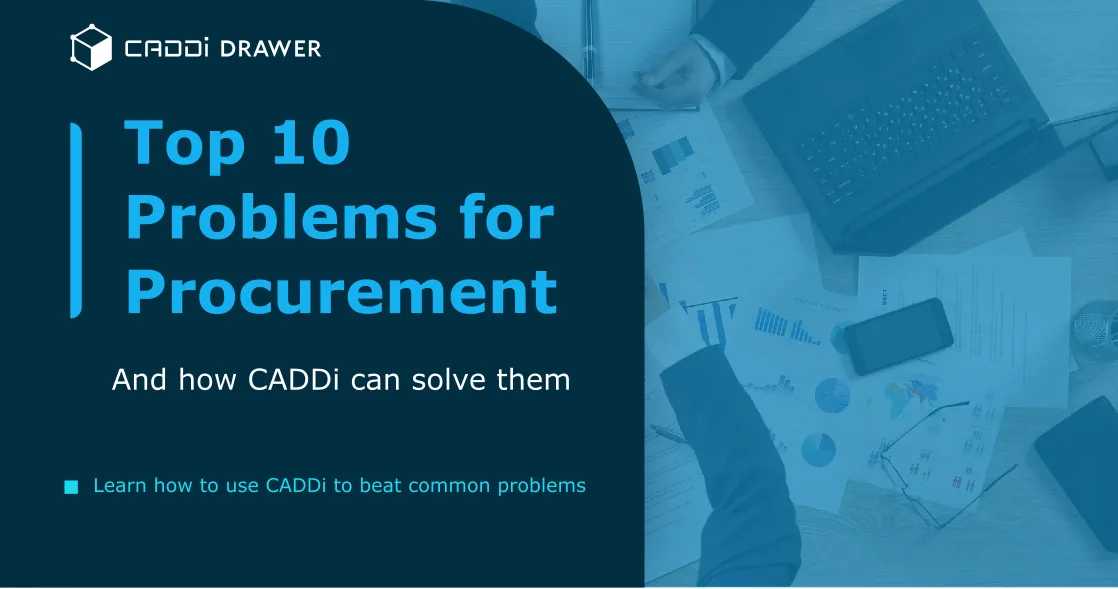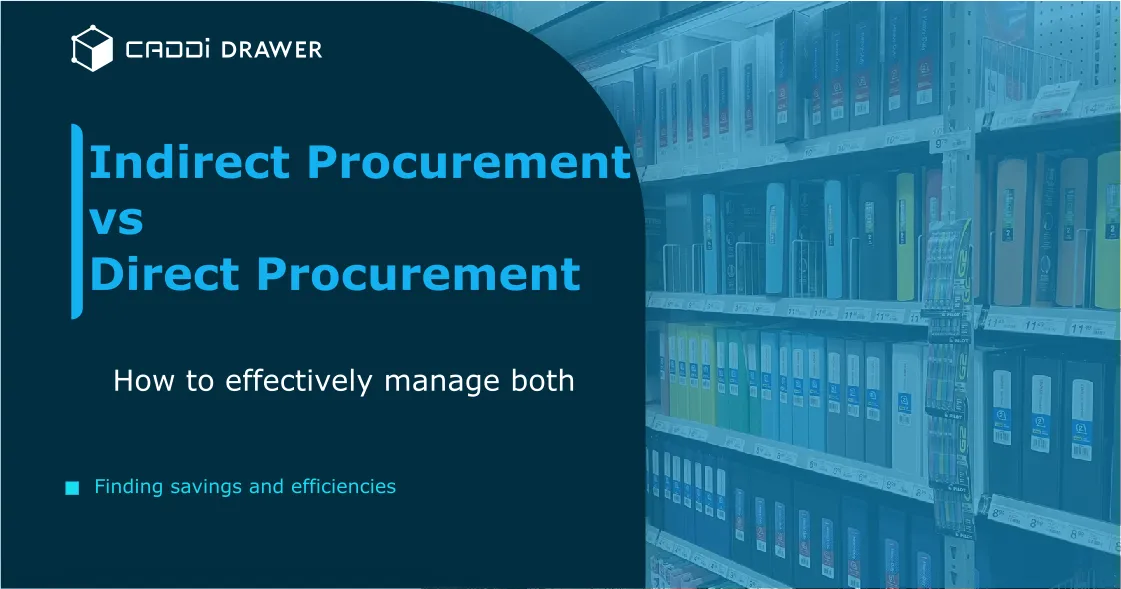The Reshoring Reality Check: Balancing Strategic Ambition with Economic Volatility

Table of Contents

The American manufacturing landscape is in constant flux, and few trends have captured attention quite like "reshoring"—the movement to bring manufacturing capabilities back to the U.S.. Driven by lessons from past supply chain disruptions and geopolitical shifts, reshoring has emerged as a strategic imperative for many American manufacturers. However, as the sector navigates the complex economic environment of 2025, the ambition of reshoring is meeting a stern reality check. The question for many is no longer simply whether to reshore, but how to prepare for a dynamic future where both domestic and international sourcing options must be managed with agility and data-driven precision.
The Strategic Imperative: Why Reshoring is Attractive
For decades, U.S. manufacturing witnessed a decline as companies pursued lower labor costs overseas. This trend is now reversing, with reshoring and nearshoring reaching record highs in 2022 and 2023, driven by a profound rethinking of supply chain strategy. The allure of bringing production closer to home is multifaceted:
- Increased Control and Visibility: Reshoring offers manufacturers more direct control over their supply chains, reducing reliance on volatile international factors and enhancing transparency.
- Reduced Shipping Costs and Lead Times: Localizing production minimizes exposure to fluctuating international freight costs and shortens delivery times, allowing for quicker responses to market demands.
- Improved ESG (Environmental, Social, and Governance): Producing domestically can reduce carbon emissions from transportation and allow for greater oversight of labor and environmental risks, aligning with growing consumer and regulatory values.
- Economic Growth and Job Creation: Reshoring is projected to add millions of jobs and contribute significantly to GDP, stimulating the domestic economy.
- Supply Chain Resilience: Past global shocks have highlighted the vulnerabilities of distant, lean supply chains, making resilience and redundancy as valued as efficiency. This means moving away from single-source dependencies and diversifying supply bases.
The Reality Check: Challenges to Reshoring in 2025
Despite these compelling strategic benefits, the current economic climate is forcing manufacturers to pause and re-evaluate their reshoring ambitions. The very disruptions that make reshoring strategically attractive are simultaneously making it financially and operationally untenable in the short term.
- High Upfront Costs and Investment Paralysis: Reshoring typically involves significant infrastructure investment requirements. However, trade uncertainty is the single greatest business concern for 77% of American manufacturers, leading to a measurable slowdown in capital investment. Projected capital spending growth has cratered, with a third of manufacturers planning to reduce or delay investments due to the unstable trade environment. Businesses are unwilling to commit billions of dollars to long-term investments in new U.S. manufacturing facilities for policies that might be reversed, perceiving tariffs as temporary and volatile.
- The Labor Paradox: While reshoring aims to create jobs, the U.S. manufacturing sector faces a paradox: an acute contraction in employment (the ISM Employment Index plummeted to 43.4% in July, its lowest in five years) is occurring against a chronic, long-term talent and skills shortage. Nearly half of manufacturers estimate it would take one to over three years to fully staff a reshored operation, a timeline difficult to commit to in the current environment.
- Global Supply Chain Inertia: Industrial supply chains are inherently global, and rapidly restructuring them is difficult. Critical components like PLCs, steel, and valving are often sourced internationally. For many products, it can still be more economically feasible to pay tariffs on imports than to undertake the massive investment required for domestic capabilities, especially if no viable American alternative exists.
- Automation's Role in Job Impact: Even if reshoring brings production back, modern manufacturing is highly automated and less labor-intensive. New facilities prioritize efficiency and high-skilled labor, meaning increased domestic output does not necessarily translate into a significant increase in traditional manufacturing jobs.
The Nuance of Offshoring and Nearshoring
The alternative of simply continuing to offshore is not without its own complexities. A singular focus on pure cost-efficiency through globalized, single-source models has proven vulnerable to geopolitical tensions, natural disasters, and global health crises. While nearshoring to Mexico has emerged as a popular option, surpassing China as the U.S.'s largest trading partner in 2023, it still involves navigating international dynamics. Mexico offers geopolitical stability, reduced transit times, and cost competitiveness due to lower labor costs and trade agreements like USMCA. However, even with nearshoring, challenges like cultural differences, communication barriers, and ensuring compliance across diverse legal frameworks persist.
The Balanced Perspective: Dynamic Adaptation is Key
The current environment reveals a growing disconnect between long-term strategic goals (like resilience) and short-term operational realities (like preserving cash flow). Neither a rigid reshoring mandate nor a blind continuation of offshoring is a guaranteed path to success. The manufacturing industry is at an inflection point where agility over long-range, static planning is paramount. The ability to make rapid, data-informed decisions on pricing, sourcing, and production scheduling is more valuable than a fixed five-year plan.
Manufacturers must bridge this gap by cultivating a mindset of dynamic adaptation, ready to pivot between domestic, nearshore, and international sourcing as market conditions, policy, and costs dictate.
How CADDi Can Help Navigate This Dynamic Landscape
In this volatile environment, manufacturers need practical, data-driven solutions to build resilience and maintain flexibility. CADDi, an AI data platform for manufacturing, provides the tools to manage this complexity, enabling informed decisions regardless of the sourcing strategy.
- Unified Data and Enhanced Visibility: CADDi functions as a data lake, aggregating and linking information from disparate systems like PLM, ERP, and even unstructured data from drawings and spreadsheets. This creates a "single source of truth," providing granular, real-time visibility into every corner of the enterprise—from supplier lead times and raw material costs to inventory levels. This is crucial for proactively identifying opportunities and risks in any supply chain configuration.
- Strategic Sourcing and Supplier Management: CADDi enhances the ability to identify, vet, and manage suppliers for any sourcing strategy.
- For domestic sourcing, it helps digitize and analyze an entire library of part drawings, providing a granular understanding of manufacturing needs to effectively search for and communicate with potential domestic partners. The similarity search can bundle similar parts into larger order packages, making them more attractive to new suppliers and potentially offsetting higher domestic costs.
- For global sourcing, it helps overcome data complications by standardizing measurements and ensuring compatibility across parts, making it easier to evaluate international options.
- It also allows procurement teams to compare supplier responses against benchmarks and understand price patterns between design features and costs, transforming negotiation into a data-driven science. This is vital for navigating cost fluctuations, whether from tariffs or market dynamics.
- Cost Optimization and Make-or-Buy Decisions: By linking design information with procurement costs, CADDi facilitates value analysis/value engineering (VA/VE) initiatives, identifying opportunities to save costs without sacrificing quality. Its ability to review similar parts and connect procurement, production, and quality data enables informed "make-or-buy" analyses, which are critical in a volatile cost environment.
- Accelerated Decision-Making and Agility: In an era where speed and adaptability are paramount, CADDi significantly reduces the time spent searching for information. Tasks that once took hours or days can be completed in minutes, such as instantly finding similar designs, their cost estimates, and actual ultimate costs for RFQs. This empowers teams to respond quickly to market changes and seize opportunities.
- Mitigating Knowledge Drain: As experienced workers retire, CADDi acts as a "digital brain" for the organization. Its intuitive similarity search, which understands part geometry from a drawing or even a hand-drawn sketch, democratizes institutional knowledge, reducing reliance on a few experienced individuals and accelerating onboarding for new employees.
The current "Reshoring Reality Check" underscores that manufacturing success in 2025 and beyond will hinge on strategic foresight, technological innovation, and a renewed commitment to national industrial strength through flexible, data-driven operations. By leveraging advanced AI data platforms like CADDi, manufacturers can transform uncertainty into opportunity, ensuring they are prepared to optimize their supply chains wherever the best opportunities lie, fostering both resilience and competitiveness.
Ready to see how CADDi can help you build and execute a reshoring strategy? Explore our interactive product tour or book a personalized demo.
The American manufacturing landscape is in constant flux, and few trends have captured attention quite like "reshoring"—the movement to bring manufacturing capabilities back to the U.S.. Driven by lessons from past supply chain disruptions and geopolitical shifts, reshoring has emerged as a strategic imperative for many American manufacturers. However, as the sector navigates the complex economic environment of 2025, the ambition of reshoring is meeting a stern reality check. The question for many is no longer simply whether to reshore, but how to prepare for a dynamic future where both domestic and international sourcing options must be managed with agility and data-driven precision.
The Strategic Imperative: Why Reshoring is Attractive
For decades, U.S. manufacturing witnessed a decline as companies pursued lower labor costs overseas. This trend is now reversing, with reshoring and nearshoring reaching record highs in 2022 and 2023, driven by a profound rethinking of supply chain strategy. The allure of bringing production closer to home is multifaceted:
- Increased Control and Visibility: Reshoring offers manufacturers more direct control over their supply chains, reducing reliance on volatile international factors and enhancing transparency.
- Reduced Shipping Costs and Lead Times: Localizing production minimizes exposure to fluctuating international freight costs and shortens delivery times, allowing for quicker responses to market demands.
- Improved ESG (Environmental, Social, and Governance): Producing domestically can reduce carbon emissions from transportation and allow for greater oversight of labor and environmental risks, aligning with growing consumer and regulatory values.
- Economic Growth and Job Creation: Reshoring is projected to add millions of jobs and contribute significantly to GDP, stimulating the domestic economy.
- Supply Chain Resilience: Past global shocks have highlighted the vulnerabilities of distant, lean supply chains, making resilience and redundancy as valued as efficiency. This means moving away from single-source dependencies and diversifying supply bases.
The Reality Check: Challenges to Reshoring in 2025
Despite these compelling strategic benefits, the current economic climate is forcing manufacturers to pause and re-evaluate their reshoring ambitions. The very disruptions that make reshoring strategically attractive are simultaneously making it financially and operationally untenable in the short term.
- High Upfront Costs and Investment Paralysis: Reshoring typically involves significant infrastructure investment requirements. However, trade uncertainty is the single greatest business concern for 77% of American manufacturers, leading to a measurable slowdown in capital investment. Projected capital spending growth has cratered, with a third of manufacturers planning to reduce or delay investments due to the unstable trade environment. Businesses are unwilling to commit billions of dollars to long-term investments in new U.S. manufacturing facilities for policies that might be reversed, perceiving tariffs as temporary and volatile.
- The Labor Paradox: While reshoring aims to create jobs, the U.S. manufacturing sector faces a paradox: an acute contraction in employment (the ISM Employment Index plummeted to 43.4% in July, its lowest in five years) is occurring against a chronic, long-term talent and skills shortage. Nearly half of manufacturers estimate it would take one to over three years to fully staff a reshored operation, a timeline difficult to commit to in the current environment.
- Global Supply Chain Inertia: Industrial supply chains are inherently global, and rapidly restructuring them is difficult. Critical components like PLCs, steel, and valving are often sourced internationally. For many products, it can still be more economically feasible to pay tariffs on imports than to undertake the massive investment required for domestic capabilities, especially if no viable American alternative exists.
- Automation's Role in Job Impact: Even if reshoring brings production back, modern manufacturing is highly automated and less labor-intensive. New facilities prioritize efficiency and high-skilled labor, meaning increased domestic output does not necessarily translate into a significant increase in traditional manufacturing jobs.
The Nuance of Offshoring and Nearshoring
The alternative of simply continuing to offshore is not without its own complexities. A singular focus on pure cost-efficiency through globalized, single-source models has proven vulnerable to geopolitical tensions, natural disasters, and global health crises. While nearshoring to Mexico has emerged as a popular option, surpassing China as the U.S.'s largest trading partner in 2023, it still involves navigating international dynamics. Mexico offers geopolitical stability, reduced transit times, and cost competitiveness due to lower labor costs and trade agreements like USMCA. However, even with nearshoring, challenges like cultural differences, communication barriers, and ensuring compliance across diverse legal frameworks persist.
The Balanced Perspective: Dynamic Adaptation is Key
The current environment reveals a growing disconnect between long-term strategic goals (like resilience) and short-term operational realities (like preserving cash flow). Neither a rigid reshoring mandate nor a blind continuation of offshoring is a guaranteed path to success. The manufacturing industry is at an inflection point where agility over long-range, static planning is paramount. The ability to make rapid, data-informed decisions on pricing, sourcing, and production scheduling is more valuable than a fixed five-year plan.
Manufacturers must bridge this gap by cultivating a mindset of dynamic adaptation, ready to pivot between domestic, nearshore, and international sourcing as market conditions, policy, and costs dictate.
How CADDi Can Help Navigate This Dynamic Landscape
In this volatile environment, manufacturers need practical, data-driven solutions to build resilience and maintain flexibility. CADDi, an AI data platform for manufacturing, provides the tools to manage this complexity, enabling informed decisions regardless of the sourcing strategy.
- Unified Data and Enhanced Visibility: CADDi functions as a data lake, aggregating and linking information from disparate systems like PLM, ERP, and even unstructured data from drawings and spreadsheets. This creates a "single source of truth," providing granular, real-time visibility into every corner of the enterprise—from supplier lead times and raw material costs to inventory levels. This is crucial for proactively identifying opportunities and risks in any supply chain configuration.
- Strategic Sourcing and Supplier Management: CADDi enhances the ability to identify, vet, and manage suppliers for any sourcing strategy.
- For domestic sourcing, it helps digitize and analyze an entire library of part drawings, providing a granular understanding of manufacturing needs to effectively search for and communicate with potential domestic partners. The similarity search can bundle similar parts into larger order packages, making them more attractive to new suppliers and potentially offsetting higher domestic costs.
- For global sourcing, it helps overcome data complications by standardizing measurements and ensuring compatibility across parts, making it easier to evaluate international options.
- It also allows procurement teams to compare supplier responses against benchmarks and understand price patterns between design features and costs, transforming negotiation into a data-driven science. This is vital for navigating cost fluctuations, whether from tariffs or market dynamics.
- Cost Optimization and Make-or-Buy Decisions: By linking design information with procurement costs, CADDi facilitates value analysis/value engineering (VA/VE) initiatives, identifying opportunities to save costs without sacrificing quality. Its ability to review similar parts and connect procurement, production, and quality data enables informed "make-or-buy" analyses, which are critical in a volatile cost environment.
- Accelerated Decision-Making and Agility: In an era where speed and adaptability are paramount, CADDi significantly reduces the time spent searching for information. Tasks that once took hours or days can be completed in minutes, such as instantly finding similar designs, their cost estimates, and actual ultimate costs for RFQs. This empowers teams to respond quickly to market changes and seize opportunities.
- Mitigating Knowledge Drain: As experienced workers retire, CADDi acts as a "digital brain" for the organization. Its intuitive similarity search, which understands part geometry from a drawing or even a hand-drawn sketch, democratizes institutional knowledge, reducing reliance on a few experienced individuals and accelerating onboarding for new employees.
The current "Reshoring Reality Check" underscores that manufacturing success in 2025 and beyond will hinge on strategic foresight, technological innovation, and a renewed commitment to national industrial strength through flexible, data-driven operations. By leveraging advanced AI data platforms like CADDi, manufacturers can transform uncertainty into opportunity, ensuring they are prepared to optimize their supply chains wherever the best opportunities lie, fostering both resilience and competitiveness.
Ready to see how CADDi can help you build and execute a reshoring strategy? Explore our interactive product tour or book a personalized demo.
.svg)



.svg)
.svg)
.svg)









